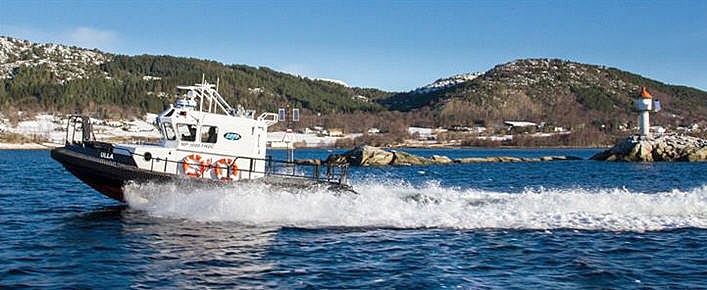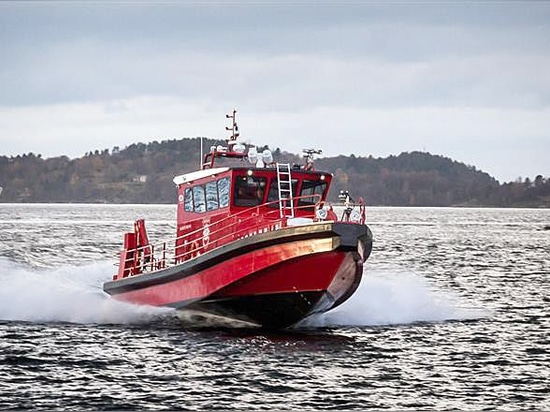
#Product Trends
Inspection boat for Kystverket
Inspection boat for Kystverket
The boat, which was delivered to the administration in April this year is a custom built MP 1000 FRDC (Fast Rescue Daughter Craft).
Happy with the boat
Terje Storøy, who is the team manager of Kystverket''s inspection team in mid-Norway, uses the boat in his everyday work, the job of inspecting lighthouses, lights and seamarks that he has done for 16 years.
Terje Storøy”I''ve used many boats in the course of the years and have great faith in this boat type. We have had an earlier edition of the same type so we are not unfamiliar with the hull and the capabilities of the design, but this is a much more modern boat,” says Storøy. Tasks that Storøy and his colleagues undertake are control, inspection and examination of condition of lights, that is to say all lit navigation aids fom Grip in the south to Nordland''s boundary, also lighthouses from Stadt to Nordland.
Strict requirements
”Kystverket is a demanding customer with strict requirements on reduced noise, together with speed and manoeuvrability,” says Kenneth Dale, project leader for Maritime Partner. ”For this project it was natural for the customer to choose waterjets so that the boat could operate in very shallow water to carry out service work on stakes and navigation marks without risk of grounding the propulsion system. This also contributes to the extremely good manoeuvrability, something which is good to have when working among the islands and reefs.”
Turn on a sixpence
”We depend on a boat that can turn on a sixpence and which can operate in shoal water close to rocks and obstructions. We need to go right up to the shoreline and keep the boat still while we set people and equipment safely on land. We regularly experience rough seas and high winds when we approach navigation marks. It can be that we have to land people on a rock, or on a mark standing in the sea. Then we depend on plenty of engine power, good response and ecellent manoeuvrability. So our twin waterjet installation is an optimal choice,” says Storøy. He adds: ”we have also chosen to fit the boat with a ''sacrificial fender'' at the bow. That is an extra strengthening which goes well under the boat so that the bow can be pushed up against a rock when putting people ashore. This is very useful when there is a lot of up and down movement because of rough seas and we have to put in at places that are hard to get to.
Proper performance
During the project the customer chose to fit the boat with a more powerful propulsion system than originally selected, and it is now equipped with a pair of Volvo D4 300hp engines each with a Hamilton waterjet. At the same time Kystverket also decided to put in an extra diesel tank to improve redundancy. "We often travel laong distances, so it is nice to have extra large bunker capacity. It is also worth mentioning that the boat''s fuel consumption is surprisingly small,” says Storøy. ”Our work is basically inspection and control, not driving boats. So it is important that the boat can keep up a good speed so we don''t use too much time going from job to job. The boat has very good seakeeping, running smoothly, and can keep up about the same speed under all conditions, both in following seas and head seas.”
Training
Included in the delivery of the boat was training of Kystverket''s crew. In this connection, two crew members each received two days of training – one day of basic theory and one on the practical operation and maintenance of the craft.
Long coastline and many navigation aids
Norway has a coastline length of about 103,000km, including islands (source: Kystverket 2014, Kartverket 2011). Svalbard has a further 9,000km of coast. Guidance form navigation systems and electronic navigation aids are essential for safe navigation on the Norwegian coast. Kystverket operates and maintains about 21,000 aids to navigation, for example marks, cairns, lights, lighthouses and lit buoys.




